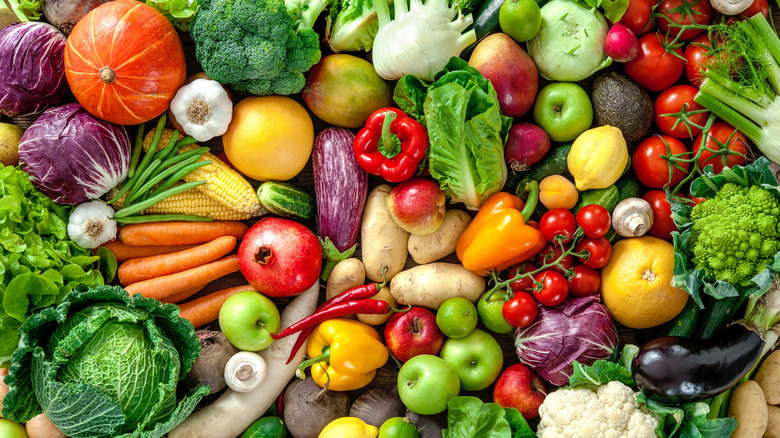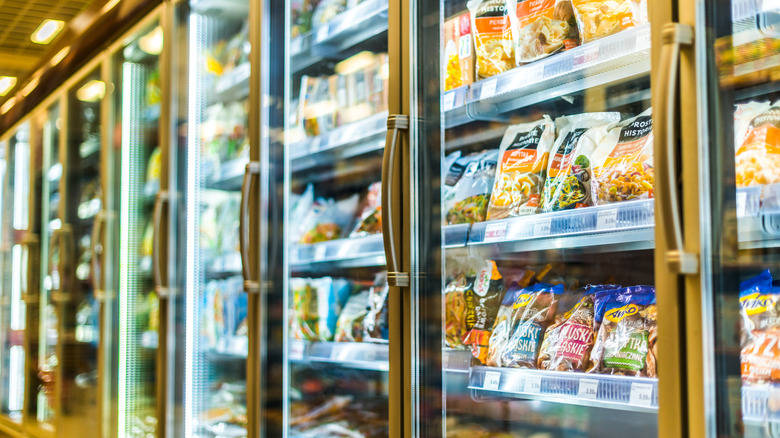Food Inflation Is Driving People To The Emergency Room Just For A Meal
Numerous American families are feeling the strain of food inflation as prices for grocery staples remain elevated. According to the United States Department of Agriculture (USDA), food costs are expected to increase by 7.9% in 2023 across all sectors, including groceries and dining out. These increases have many people worried, especially in light of a recent decision affecting the availability of food aid throughout the nation.
As a response to the pandemic, the USDA increased benefits provided through the Supplemental Nutrition Assistance Program (SNAP), but those increases ended in February of this year. The increased benefits provided an additional $95 to $340 per family, which was added to the monthly household SNAP average of $229. When combined with higher food prices, the decrease in SNAP benefits is expected to worsen food insecurity as families struggle to make ends meet in the uncertain economic environment. And according to one business owner, this situation could result in some very unfortunate outcomes.
The strong ties between nutrition and healthcare
During an appearance on Yahoo! Finance Live, food industry entrepreneur Ashley Tyrner gave her perspective on the USDA's recent decision to reduce SNAP benefits. The FarmboxRx CEO, whose company partners with Medicaid and Medicare to deliver healthy produce direct to consumers, expressed concern that people could be forced to make tough decisions in light of rising food costs. Tyrner stated that people surviving in food deserts (which are areas of the country lacking access to nutritious and affordable food), may consider visiting an emergency room simply to access a wholesome and filling meal.
Tyrner also emphasized the link between diet and health. A nutritious diet can help mitigate some effects of chronic health conditions, as well as reduce disease risk overall. When people are unable to afford wholesome foods on a regular basis, their health will likely suffer. And when these individuals also lack sufficient insurance coverage, they have no choice but to visit emergency rooms to find essential treatment. Unnecessary emergency room visits for sustenance and healthcare not only financially burden the person seeking help, but they also affect other Americans. While the average person can't do much about these deeply rooted systemic problems, it is possible to purchase healthy foods on a limited budget.
How to make your grocery budget go a little further
Keep in mind that grocery stores and supermarkets use special layouts designed to entice customers with certain products. As a result, it's best to visit your local store with a list to keep you on the right track. You should also plan out your meals for the week, with a focus on preparations that share the same ingredients. For instance, as a versatile lean protein that can be used in a variety of dishes, chicken can help stretch your food budget quite a bit.
Fresh vegetables and fruit are among the most expensive items you can buy while shopping. Accordingly, look for frozen and canned versions instead to ensure your family receives a sufficient amount of their daily vitamins and nutrients. When shopping for canned or frozen produce, consult labels on products and avoid items with lots of added calories, sugar, and salt to maintain your wellness. By the same token, focus purchases on store brands as opposed to the national ones, as store brands typically offer the same quality but at a lower price. While these shopping tips can offer some assistance to people faced with food insecurity, it's unfortunate that so many Americans have concerns about something as basic and essential as access to nutritious food.


